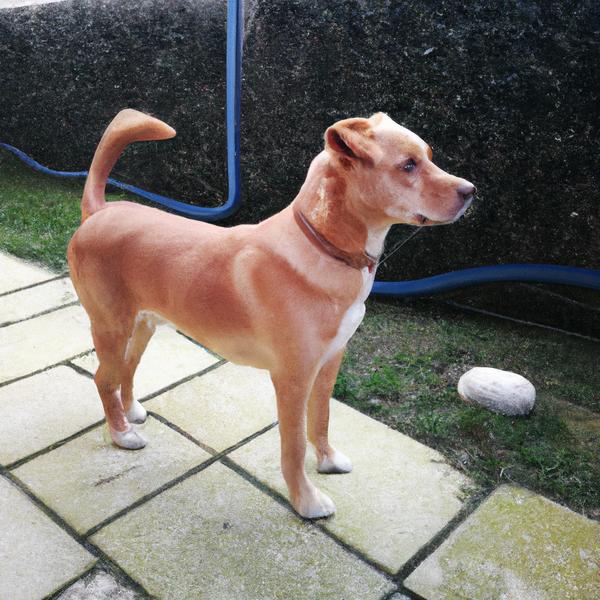Chestie vs. Cursset: Breed Differences and Similarities
Hypoallergenic
Are Chesties or Curssets hypoallergenic, or neither?
Unfortunately, neither Chestie nor Cursset are hypoallergenic, which may not make them the best choice for dog lovers who suffer from pet allergies.
Temperament
What are the personalities of Chestie and Cursset dogs?
Independent
Alert
Courageous
Intelligent
Friendly
Affectionate
Quick
Devoted
Lively
Active
Protective
Friendly
Affectionate
Loyal
Devoted
Gentle
Tempered
Kind
Sweet
Tenacious
Trainable
Fearless
Shedding Level
Do Chesties shed more than Curssets, or which breed sheds more, Chesties or Curssets?
Chesties shed very little hair, making them a great choice for those who dislike excess hair in the house.
Curssets are moderate shedders, but regular brushing can reduce shedding and maintain coat health.
Ancestry
What are the origins of Chestie and Cursset breeds?
Chihuahua and West Highland White Terrier
Black Mouth Cur and Basset Hound
Date of Birth
When were Chestie and Cursset breeds first developed?
Unknown
Eye Color Possibilites
What are the eye colors of Chestie and Cursset dogs?
Brown
Brown
Nose Color Possibilites
What are the natural nose colors of Chestie and Cursset?
Black
Black
Coat Color Possibilites
What are the natural colors of the coat for Chestie and Cursset breeds?
Cream
Brown
Black
Fawn
White
Brown
Black
Fawn
Brindle
Coat Length
What is the typical coat length for Chestie and Cursset breeds?
Chesties have medium-length coats.
Curssets have coats that can be either short or medium in length.
Coat Density
What is the density of the coat of Chestie and Cursset?
Coat Texture
What is the hair texture of Chestie and Cursset?
Wiry
Straight
Litter Size
What is the usual litter size for Chestie and Cursset?
A Chestie can have a litter of 2-5 puppies on average. However, it's worth noting that the size of the litters can vary greatly. Factors that can influence litter size include the health of the mother, breeding history, and genetics.
A Cursset can have a litter of 5-10 puppies on average. However, it's worth noting that the size of the litters can vary greatly. Factors that can influence litter size include the health of the mother, breeding history, and genetics.
Adaptability
Chesties are highly adaptable and versatile, making them excellent companions for families and individuals of all lifestyles.
Curssets are known for their adaptability and can adjust well to different environments and lifestyle changes.
Health Issues
Between Chestie and Cursset, which breed is more prone to health problems?
The Chestie breed is generally very healthy, requiring minimal vet visits. Still, it's important to keep an eye on their health and seek veterinary care when needed.
While the Cursset breed is generally healthy, occasional vet check-ups are still necessary to address any health concerns.
Major Concerns
What are the major health concerns for Chestie and Cursset breeds?
Legg-Calve-Perthes Disease
Collapsed Trachea
Usually A Very Healthy Breed
Minor Concerns
What minor health issues should be kept in mind when owning Chestie and Cursset?
Deafness
Cherry Eye
None
Occasional Tests
What occasional tests are recommended for Chestie and Cursset breeds?
X-Rays
Fluorescein Test
Blood Tests
General Physical Examination
Blood Chemistry
Physical Examination
Allergy Tests
Optical Examination
Social Needs
Chestie vs Cursset social needs comparison
Chestie has very high social needs and requires regular mental and physical stimulation, a job or purpose, and companionship.
Cursset has above average social needs and thrives with interaction with humans and other dogs.
Sleeping Need
Which of the two sleeps the most/least: Chestie or Cursset?
Chestie and Cursset breeds are known to have moderate energy levels and normal sleep patterns, typically sleeping around 12-14 hours per day.
Mouthiness
Mouthiness Comparison: Chestie vs Cursset?
Roaming urge
Chestie vs Labrador: Running away tendency?
Prey Drive
Chestie or Cursset - which breed has a higher level of prey drive?
Activity Level
Which breed has higher energy, Chesties or Curssets?
Chesties are medium-energy dogs and typically enjoy socializing and playing casual or even sustained games of chase with other dogs. They may also have occasional periods of barking or racing around the house.
Curssets are high-energy dogs. They need mental as well as physical exercise. These dogs require a lot of your involvement and without it they can, and will, become problematic dogs.
Tolerance of being left alone
Walks per Week
How many miles should Chestie or Cursset walk each week?
There's really no limit to how far you walk your dog as long as they're comfortable. For Chestie, it's at least 8 miles / week. Just remember to build distance and stamina gradually over time.
There's really no limit to how far you walk your dog as long as they're comfortable. For Cursset, it's at least 11 miles / week. Just remember to build distance and stamina gradually over time.
Activity per Day
Do Chesties or Curssets require more exercise?
In general most Chesties usually need at least 30 minutes of exercise daily. This can be spread across the day and include all sorts of high-energy activities, like walking, running and playing.
In general most Curssets usually need at least 50 minutes of exercise daily. This can be spread across the day and include all sorts of high-energy activities, like walking, running and playing.
Grooming
Which breed is easier to maintain in terms of grooming, Chesties or Curssets?
The Chestie requires an average amount of grooming compared to other breeds.
The Cursset has low grooming needs and is easy to maintain.
Brushing Frequency
What is the recommended brushing frequency for Chestie and Cursset dogs?
Chestie should be brushed at least once a week. Of course you can give them more frequent brushes if you find that they are still shedding a lot
Ideally, Cursset should be brushed at least 2 or 3 times a week (preferably daily) improve shedding.
Brushing Tools
What brushing tools are used for Chesties and Curssets?
Pin Brush
Slicker Brush
Nail Clipper
Pin Brush
Slicker Brush
Nail Clipper
Cups
How much food should be given to Chestie or Cursset in cups?
For an average 5-10 pound (2 - 5 kg) Chestie feed 1 cups daily. But, keep in mind, the amount you feed is going to be dependent on the quality of the food you are feeding.
For an average 45-95 pound (20 - 43 kg) Cursset feed 3 cups daily. But, keep in mind, the amount you feed is going to be dependent on the quality of the food you are feeding.
Daily Cost
Which breed has a higher daily cost, Chestie or Cursset?
The average cost of a Chestie is somewhere $1.00 - $1.40 per day.
The average cost of a Cursset is somewhere $1.70 - $2.00 per day.
Monthly Cost
Which breed has a higher monthly cost, Chestie or Cursset?
The average per month expenses of a Chestie is between $28 - $42. This makes an average of $336 - $504 per year. It will be on the higher side when the dog is still small because it will need more frequent visits to the vet, shots.
The average per month expenses of a Cursset is between $48 - $63. This makes an average of $576 - $756 per year. It will be on the higher side when the dog is still small because it will need more frequent visits to the vet, shots.
Sensitivity Level
How do Chestie and Cursset compare in sensitivity?
This breed is sensitive to its environment and best suited for patient and understanding families with a consistent routine.
This breed is sensitive and requires gentle handling and a calm home environment.
Apartment Friendly
Which breed is more apartment-friendly: Chestie or Cursset?
The Chestie is a great apartment dog, thriving with sufficient exercise and time outside as part of their daily routine.
The Cursset is not suitable for apartments and requires a large yard to thrive. Pent-up energy in small spaces can lead to destructive behavior.
Child Friendly
Do Chesties or Curssets have a friendlier temperament towards children?
Chesties have an average level of friendliness towards children.
Curssets are good with kids if socialized and trained from a young age.
Senior-friendly
Which dog is more suitable as a pet for the elderly - Chestie or Cursset?
Cat Friendly
Do Chestie or Cursset breeds have a better compatibility with cats?
Chesties and Curssets are one of the best dogs for cats. They accept cats readily as part of the family. However, this dog breed should be trained to not chase after the kitty early on
Dog Friendly
Which breed is more sociable with other dogs: Chestie or Cursset?
Chesties and Curssets are friendly, active and loyal companions. They generally love to be around other dogs, making them a good family pet for some.
Pet friendly
How do Chestie or Cursset dogs interact with other pets?
Stranger Friendly
Which breed is more friendly with strangers: Chestie or Cursset?
Chestie and Cursset are friendly dogs and typically won't bark at strangers. However, if you wish to change this behavior, training them is easy thanks to their intelligence, making it pretty simple to teach them anything.
Playfulness
Which breed is more playful between Chestie and Cursset?
Chestie and Cursset are playful dogs. So, no matter how busy the day may get, the best thing you can do for Chestie and Cursset is to make time each day to play. It can be as little as 15-20 minutes, and it will mean the world to them.
Trainability
How do the trainability levels of Chesties and Curssets compare?
Chestie and Cursset dogs are known for their ease of training and ability to learn quickly, making them a popular choice for pet owners and trainers alike.
Compare Chestie with other breeds

Doxie-Pit
Chestie vs Doxie-Pit
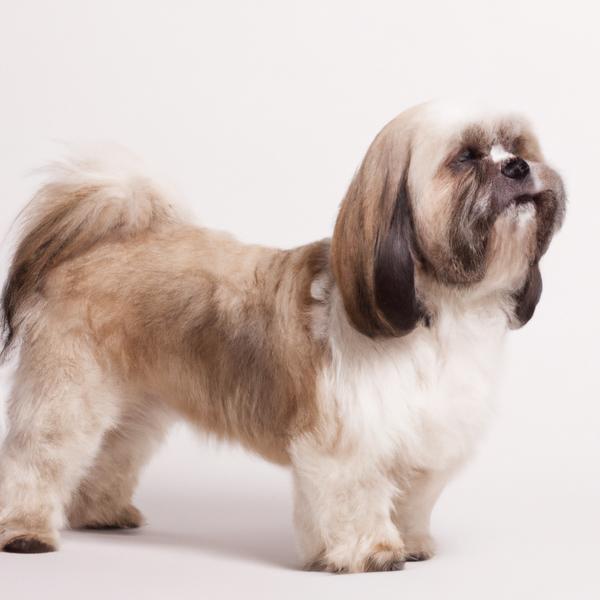
Lhasanese
Chestie vs Lhasanese
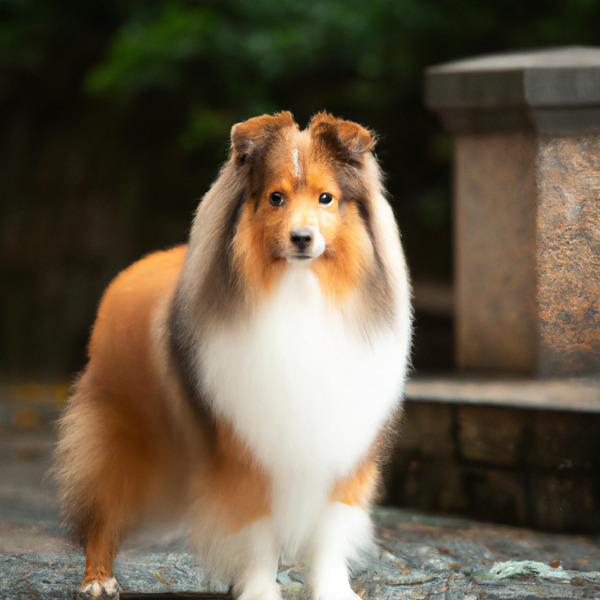
Shetland Sheepdog
Chestie vs Shetland Sheepdog

Beacol
Chestie vs Beacol

Faux Frenchbo Bulldog
Chestie vs Faux Frenchbo Bulldog

Italian Daniff
Chestie vs Italian Daniff
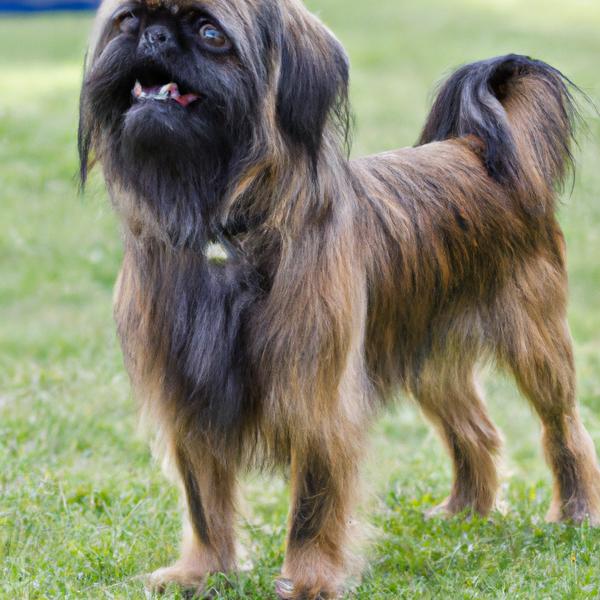
Griffonland
Chestie vs Griffonland
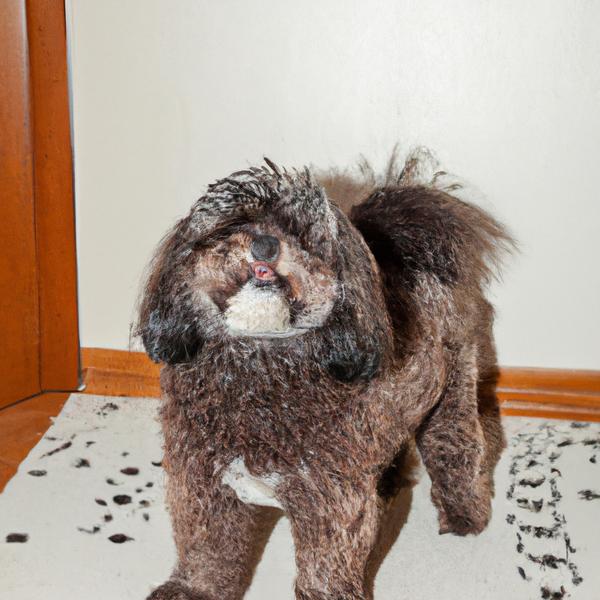
Poo-Shi
Chestie vs Poo-Shi
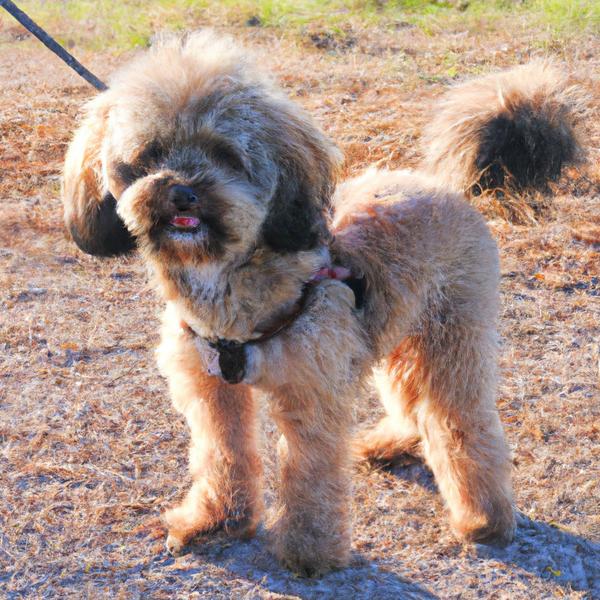
Poo-Ton
Chestie vs Poo-Ton
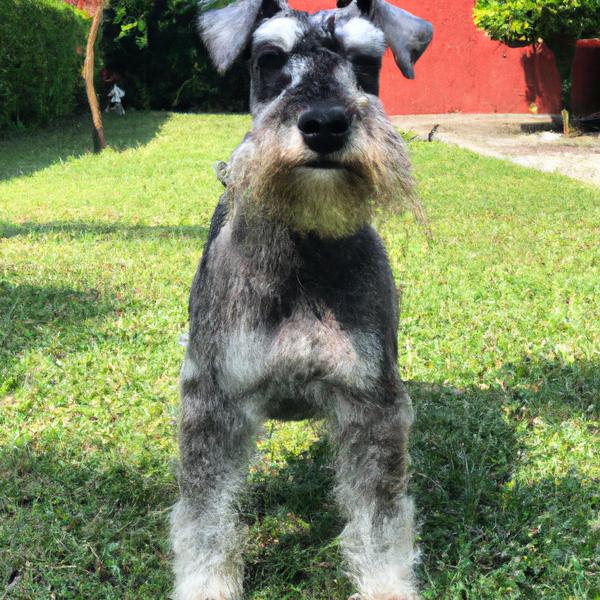
Crested Schnauzer
Chestie vs Crested Schnauzer

Siberian Boston
Chestie vs Siberian Boston

Basenji
Chestie vs Basenji

